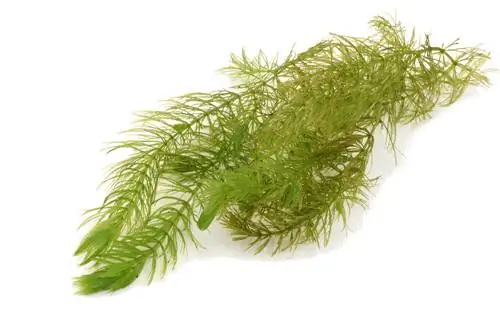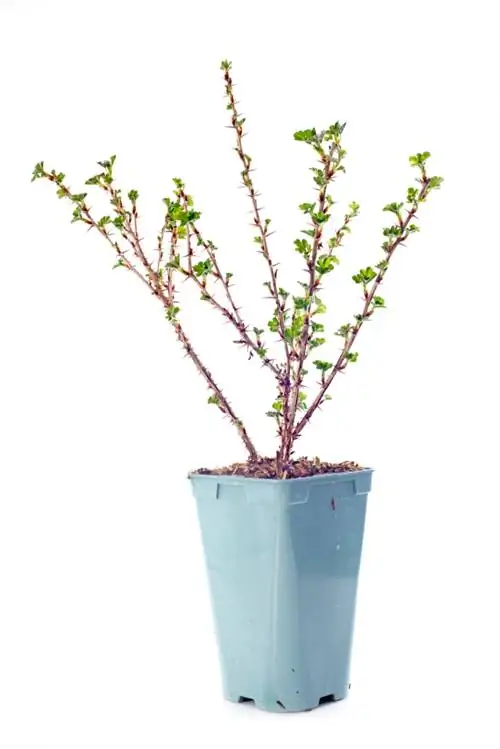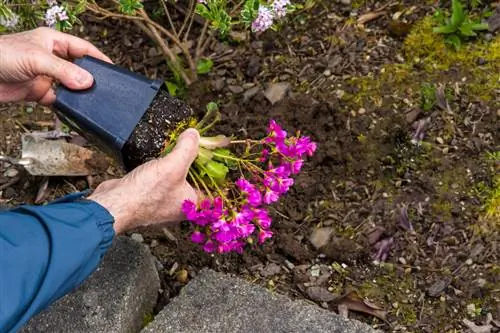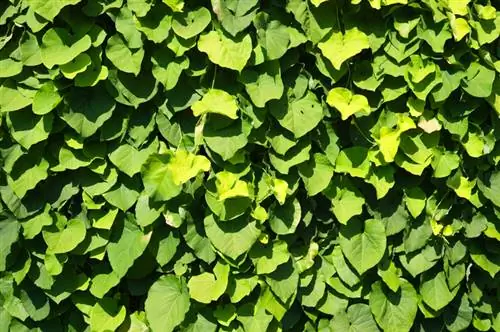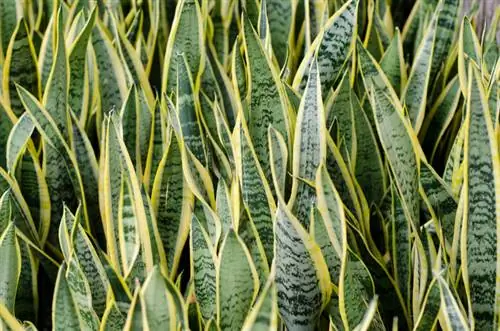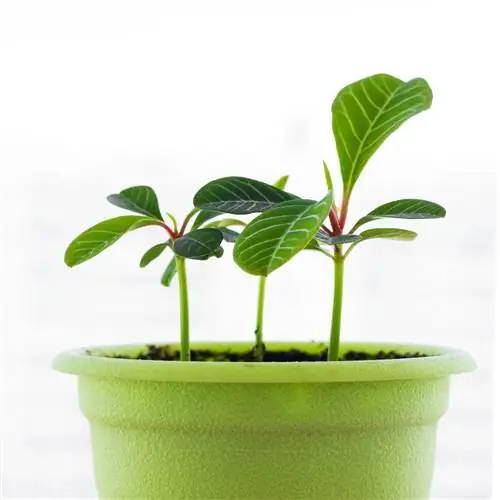- Author admin [email protected].
- Public 2023-12-16 16:46.
- Last modified 2025-01-23 11:22.
The hornwort grows quickly. Under certain conditions it even overgrows everything. This means that targeted propagation is not absolutely necessary. However, if it is desired, it is not far to get one or even many new plants.
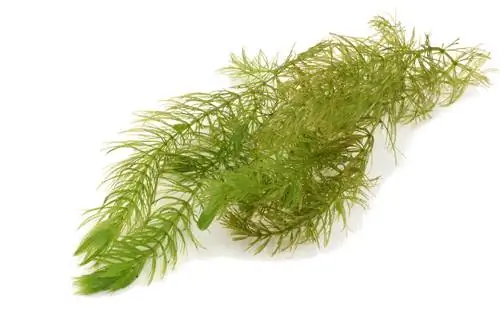
How can you propagate hornwort?
Hornwort can be propagated by seed propagation in a pond or by division in the aquarium. During division, individual sprouts are separated from the mother plant and placed in water, where they form roots and grow into new plants.
Use in pond or aquarium
Because hornwort helps against algae, it is often planted in both aquariums and garden ponds. No matter where a specimen is located, it can always be used for propagation. There are two ways to get new plants:
- through seed propagation
- by cutting off a rung
While both methods produce results outside in the pond, in the aquarium propagation is usually done by division.
Tip
If the hornwort grows too much in your area, this can be interpreted as a sign of poor water quality. For the sake of the other water inhabitants, you should investigate this as soon as possible.
Seed propagation
The hornwort can bloom in a pond. It produces male and female flowers. In due course, the female flowers detach from the plant and float to the surface of the water, where they are fertilized. No intervention is necessary here, reproduction occurs naturally.
Since hornwort can spread very widely, propagation by seeds is not always in the pond owner's best interests. Then it would be better to cut the herb back before it blooms.
Reproduction by division
Propagation by division is a method directed by hornwort owners. This is how it is carried out:
- Separate individual sprouts from the mother plant.
- Put the shoots in the water. It's best to go where you'll get a lot of light.
- If necessary, weigh it down with a few stones or pieces of wood.
- Alternatively, you can wrap several shoots with wire (€12.00 on Amazon) and then anchor them to the pool floor.
- Wait for the plant to form root-like runners.
- Once the plant has found a firm hold, you can remove stones and pieces of wood.
New growth from buds
If the hornwort disappears from the pond in autumn, it still does not need to be propagated in spring. Because not all parts of the plant die. In spring, new plants sprout from small buds that have overwintered at the bottom of the pond.

